NASA Astronomy Picture of the Day 9 February 2023: Nacreous Clouds paint Swedish skies
NASA’s Astronomy Picture of the Day is of the stunning Nacreous Clouds, which are a type of rare Polar Stratospheric Clouds.

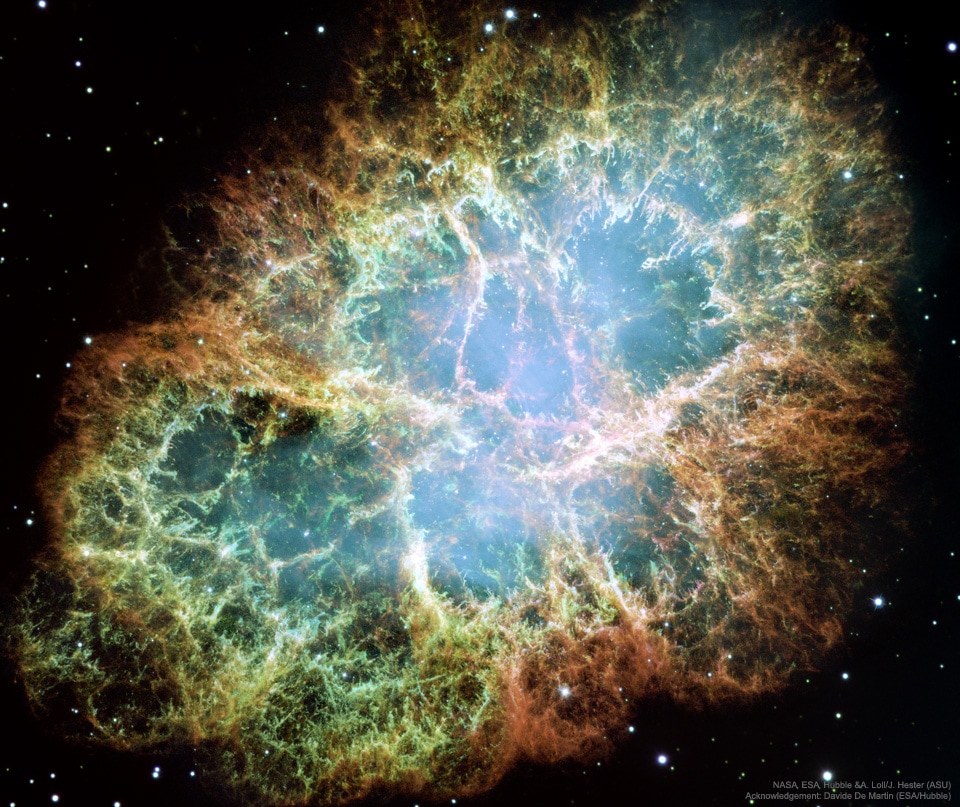
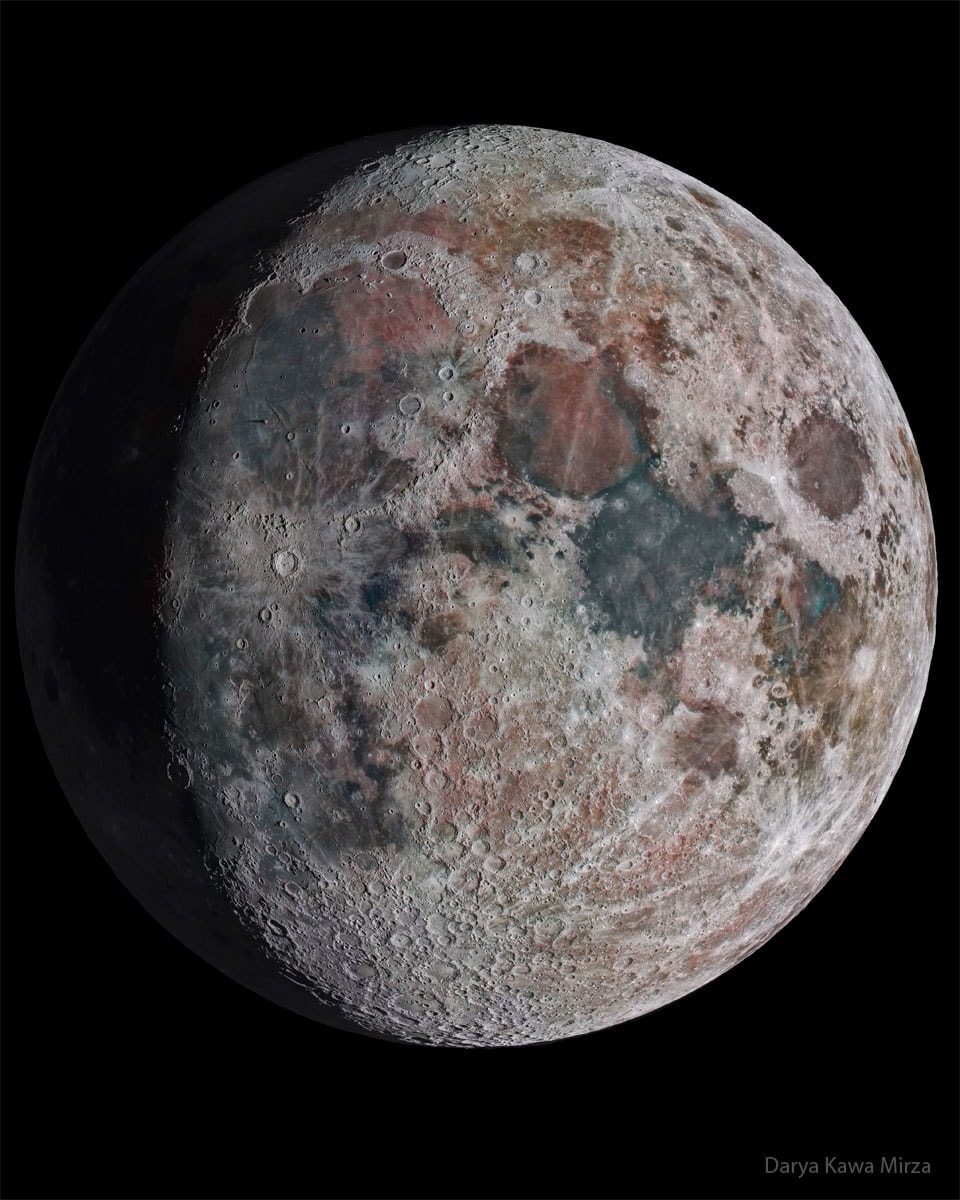
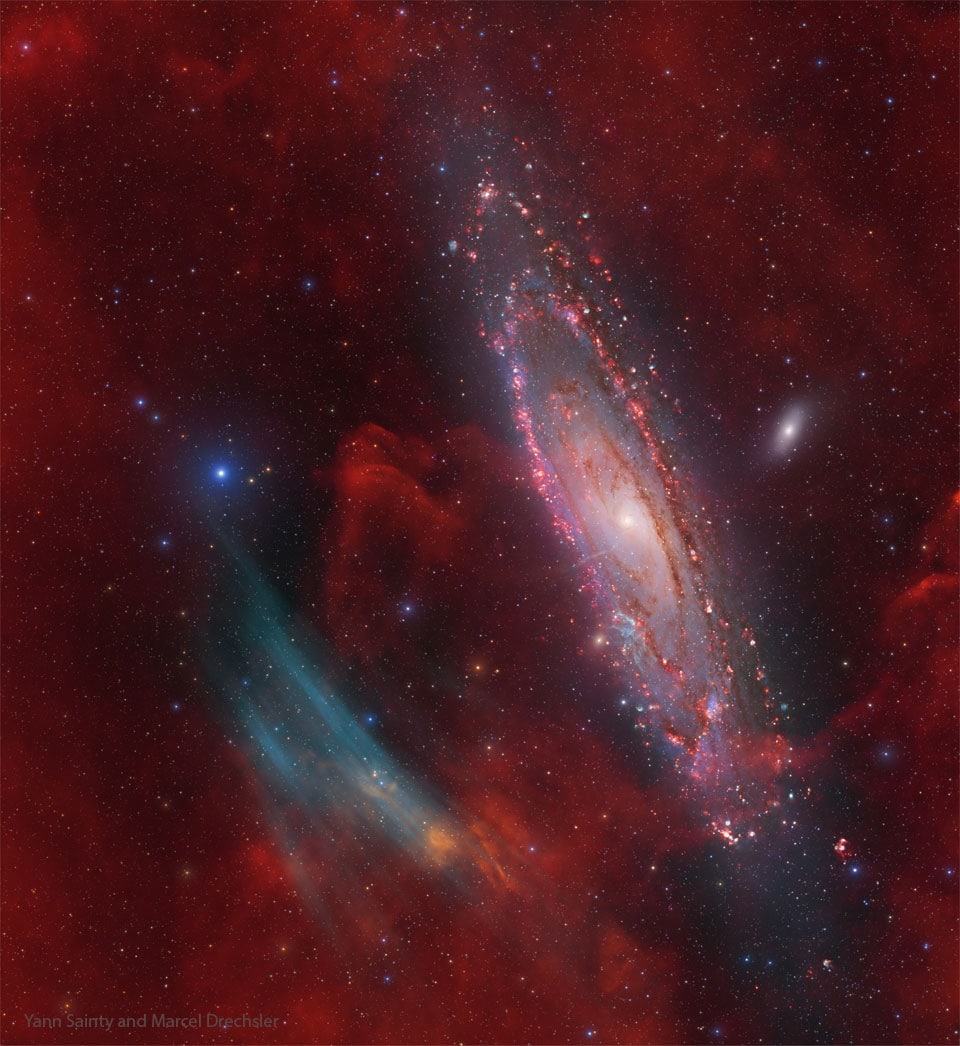
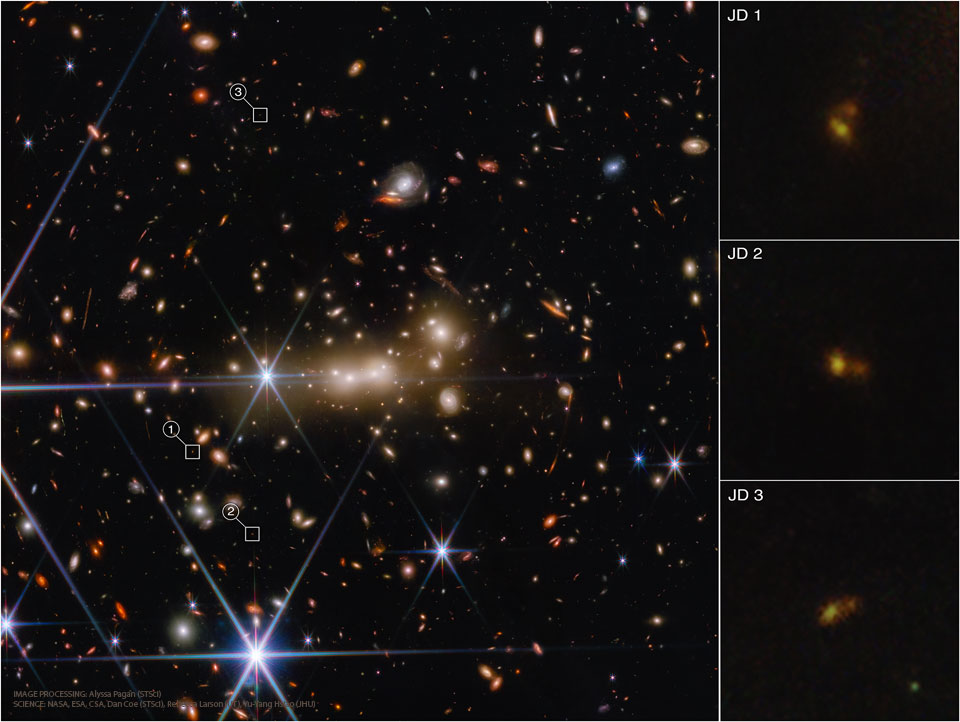
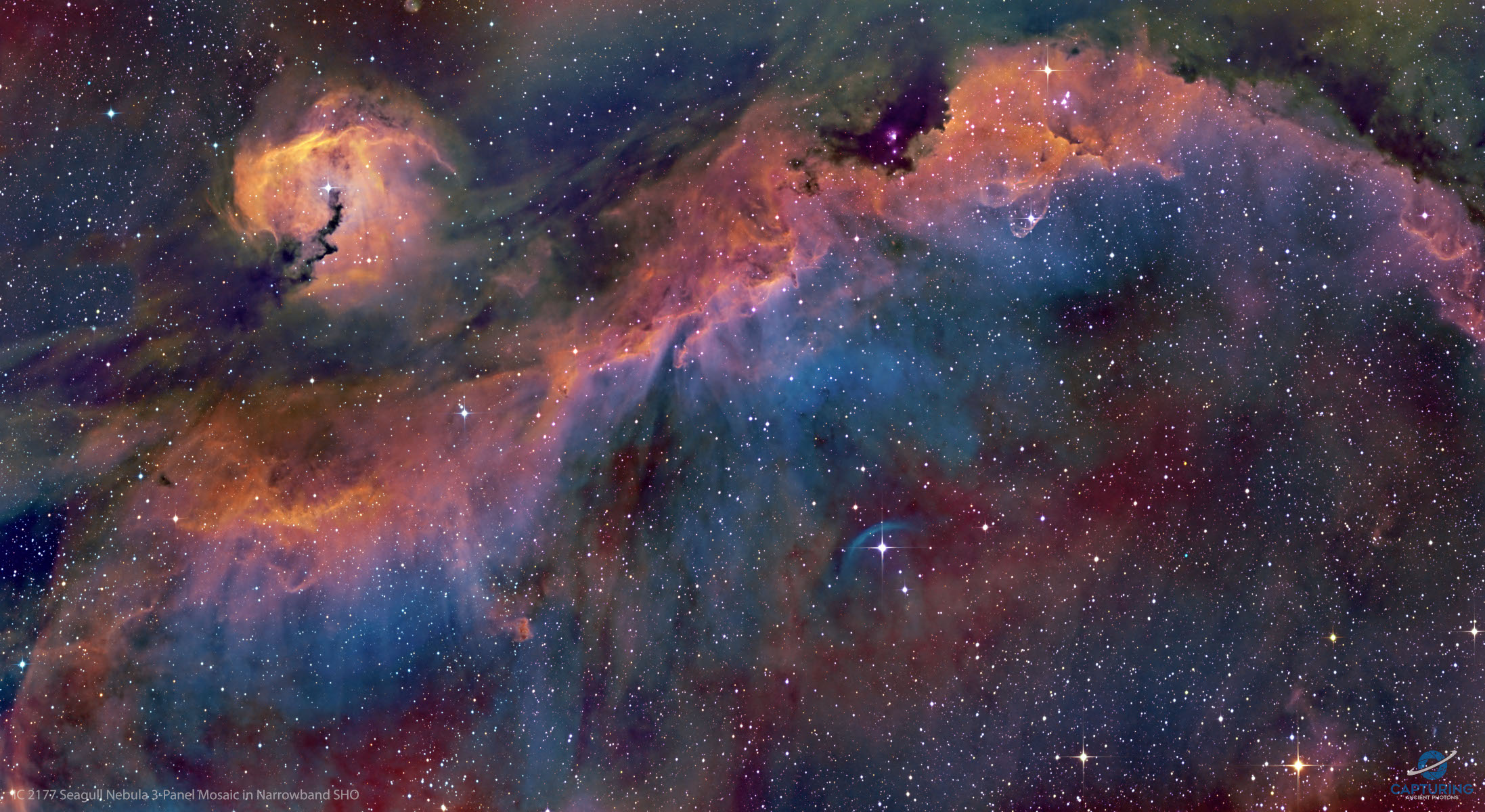
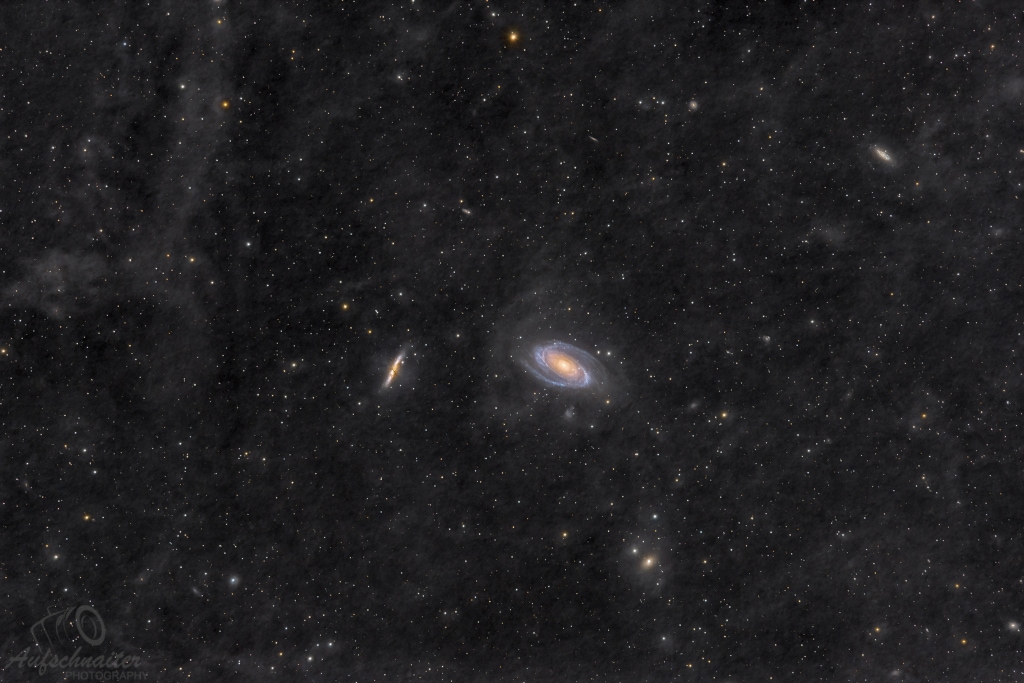
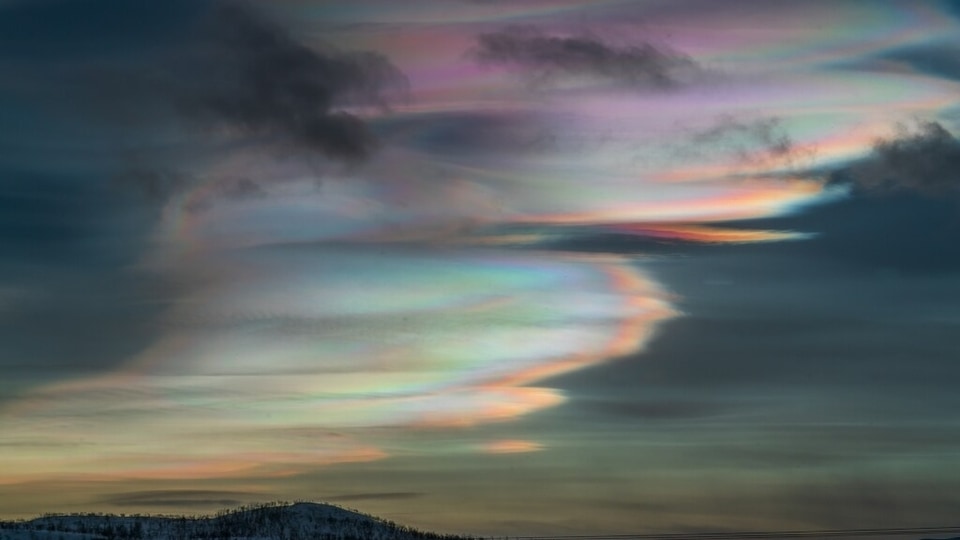
 View all Images
View all ImagesEarth has a cycle wherein water originates from and returns to the ground. In between, it goes through many forms. Although water may evaporate from the ground or change its course to other areas, water vapor is always present in the air in some amount, albeit it is invisible. Clouds form when an area of air becomes cooler until the water vapor there condenses to liquid form-rain. Studying clouds helps NASA better understand Earth's weather and climate. NASA uses satellites in space as well as computers to study clouds on Earth and other planets.
NASA's Astronomy Picture of the Day is of the stunning Nacreous Clouds visible in Swedish skies. Nacreous Clouds are a type of rare Polar Stratospheric Clouds which form when unusually cold temperatures in the usually cloudless lower stratosphere form ice crystals. They are formed in the lower Stratosphere at an altitude of about 15 KM to 25 KM. Nacreous Clouds are mostly visible within two hours after sunset or before dawn when they shine vividly in the sky with shifting curtains of iridescent colours, similar to the pattern of Northern Lights.
The picture was captured by Dennis Lehtonen, an astrophotographer based in Finland.
NASA's description of the picture
Vivid and lustrous, wafting iridescent waves of color wash across this skyscape from Kilpisjärvi, Finland. Known as nacreous clouds or mother-of-pearl clouds, they are rare. But their unforgettable appearance was captured looking south at 69 degrees north latitude at sunset on January 24. A type of polar stratospheric cloud, they form when unusually cold temperatures in the usually cloudless lower stratosphere form ice crystals. Still sunlit at altitudes of around 15 to 25 kilometers, the clouds can diffract sunlight even after sunset and just before dawn.
Did you know?
Clouds are categorized primarily by two major factors - location and shape, according to NASA. High clouds form several kilometers up in the sky, with the exact height depending on the temperatures where they form. Low clouds generally form within a kilometer or two of Earth's surface.
Catch all the Latest Tech News, Mobile News, Laptop News, Gaming news, Wearables News , How To News, also keep up with us on Whatsapp channel,Twitter, Facebook, Google News, and Instagram. For our latest videos, subscribe to our YouTube channel.
































